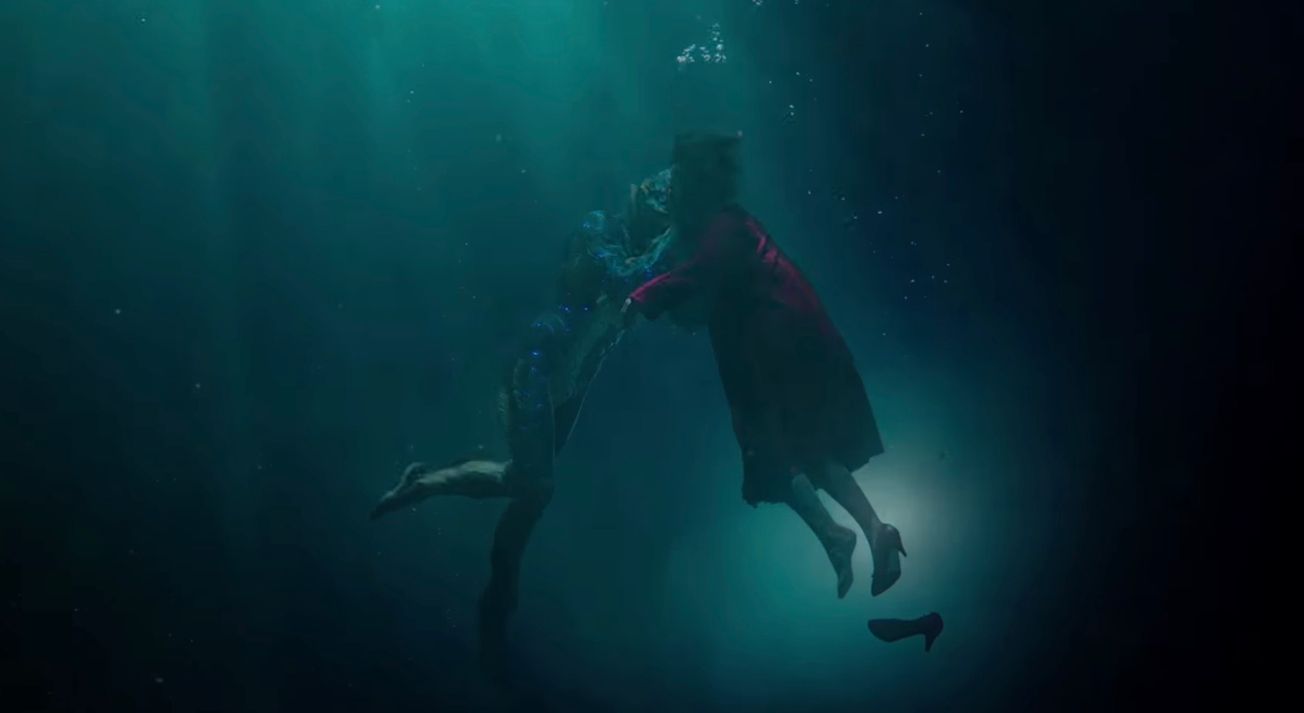Colour can transform and heighten a film, evoking a variety of emotions from just one shot. Gregory Pollard discusses the power of going green.
The use of colour and colour schemes is one of most pronounced ways of illustrating ideas throughout a film. It can be used for coherence or discordance throughout the storyline and a lot rides on it since it influences the first visual you get from watching a film. Traditionally, costuming, set-design, location and make-up allowed cinematographers to control colour compared to present-day digital remastering and film grating.
Part of the narrative control of a film lies in the manipulation of colour. For example, explosions of colour can signify childhood and whimsy. The opposite, sparse use of colour, achieved by colour palettes can give selected colours greater importance than otherwise imagined. By saving these colours for certain scenarios or characters, the colour provides an added dimension of meaning such as in ‘Hero’.
Colour is powerful if used correctly since it evokes a cognitive response in its audience. An example of this is the colour green in film. Green gives us a sense of hope and virility (when seen in shots of crops, mountains and landscapes), or it can signify mundanity (when the scene is bathed in it) or connote monsters; usually portrayed as green. Classic examples of this are seen in the film ‘The Matrix’ and every silver-screen adapted swamp monster ever created.
The Shape of Water directed by Guillermo Del Toro comes to mind when discussing green in film. The entire film uses a split colour palette. The scenes are bathed in varying hues of green. Red is seen interjected throughout the film with greater significance because of its sparsity. The colour scheme is meant to signify the mundanity of the life of the characters that the movie involves. In the film, Elisa, gets up every day to the same monotonous routine while working in a secret government facility. Life is planned, predictable and boring and hence bathed in a green hue. Even her clothes are green.
However, it is this very reason of mundanity that makes the audience have to peer into the details of the storyline, into the lives of the characters. This is only part of the interesting psychological uses of the colour green in the film. Also, the pervasive green colour can signify greed and the corrupting nature of power, wealth and influence portrayed through the antagonist (Strickland). The senseless need to encapture and torture of the green ‘Fish’ only for the reason of not letting the Russians have it, embodies theses ideals.
Going further, scenes of Strickland chewing green candy shows us his dominance and his forceful nature over folly. The fact that he buys his car because green is the colour of ‘the future’ shows he strives for wealth and power.

Photo by Getty Images
Recurring colours tend to be associated with a character or feeling. Changes in colour show the transition of a character or situation. In The Shape of Water, we see that as Elisa falls in love with the ‘Fish’ she dons a red necktie, jacket and hairband. The sparse use of red makes it take on a new meaning. It can be defined as love, but goes deeper to suggest a subtle but proud change in the character. She changes from being a meek and passive person in her life to a more defiant even to her authorities. She gains power over her mundane life. When Strickland gets orders to hunt down the ‘Fish’ he shows his true colours, while reciting a bible verse. He is bathed in blood (red) during his transformative moment.

Beyond this, the colour green could also be tied to rebirth, renewal and inexperience if we view the protagonist through a scrutinizing lens. Elisa, despite her mundane life, hopes for change which she finds in the ‘Fish’. It could be that the ‘Fish’ is her ‘future’ since green is viewed as the ‘colour of the future’.
In summary, the use of colour in film can have narrative significance brought about through careful design both pre- and post-production. This being the first visual we see and having a psychological effect has meaning when used in film. In the case of The Shape of Water where a split palette is used, the scenes bathed in green hues and the selective use of red give the film a level of coherence and sometimes discordance that is as important as the lives of the characters that Guillermo Del Toro portrays.
Photo Credit: Youtube/FoxSearchLight
By Gregory Pollard








